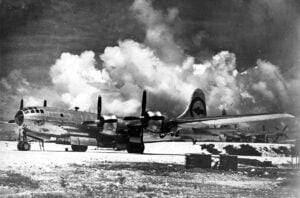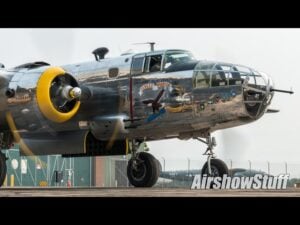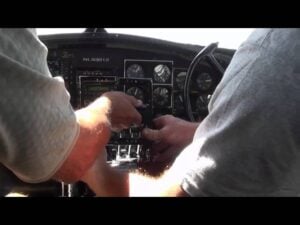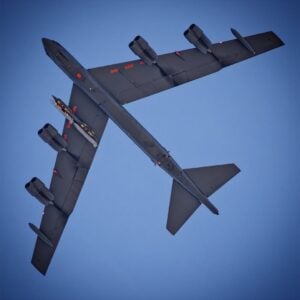The Unbelievable WWII Story of The Pilot Who Flew 600 Miles Without Fuel
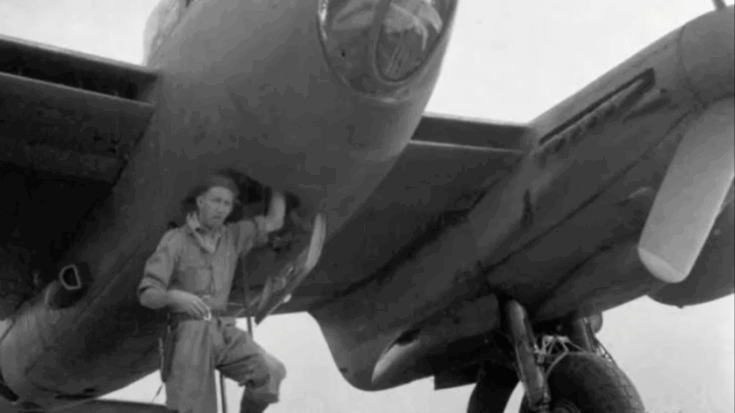
Past Battles WW / YouTube
A Flight That Should Have Ended in the Sea
In the final year of World War II, the air over Europe and the Pacific was filled with danger. Pilots not only faced enemy fire but also exhaustion, unpredictable winds, and the vast emptiness of open skies. Many missions ended without a trace, aircraft swallowed by clouds or sea. Yet among the thousands of flights, one story stands apart — the day a pilot and his navigator flew more than 600 miles after running out of fuel and somehow made it home alive.
It was 1945, when the British Royal Air Force relied heavily on the de Havilland Mosquito, a twin-engine aircraft famed for its wooden frame, light weight, and incredible speed. Flight Lieutenant Jack Ross and his navigator Peter Hughes were assigned a reconnaissance mission deep over German territory. Their Mosquito carried cameras instead of bombs, but the danger was no less real. The route stretched over occupied Europe, where one small error could mean capture or death.
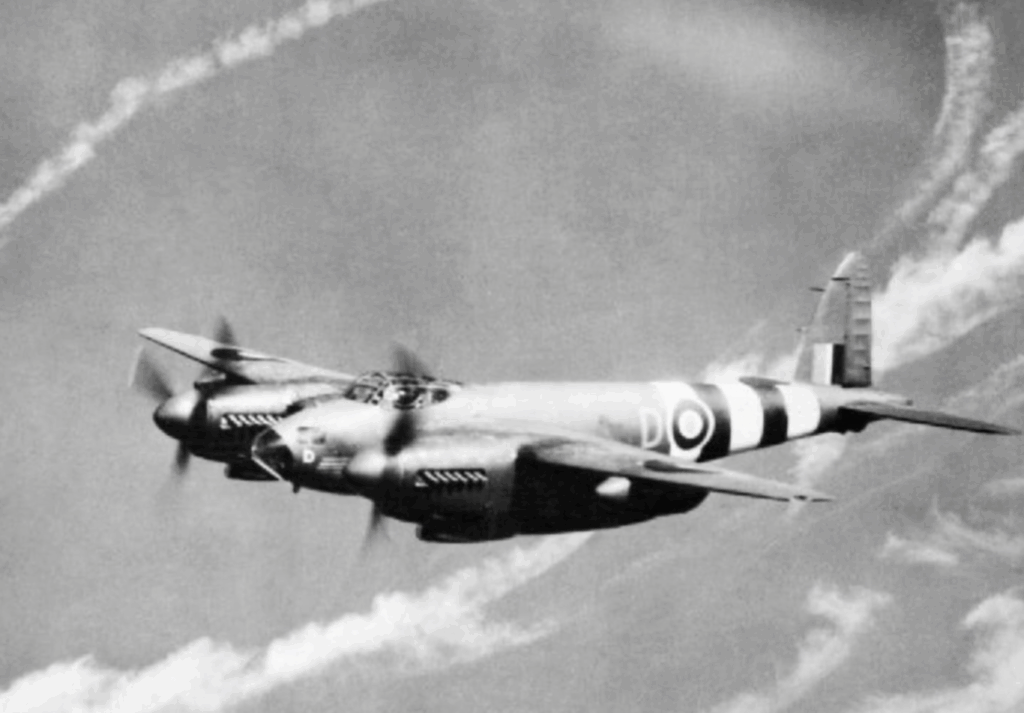
Running on Empty
Ross’s mission began smoothly. The weather was clear, the engines strong, and the flight followed plan. But as they turned back toward England, both men noticed something wrong. The fuel gauges were falling too fast. The long headwinds over Germany had eaten through their reserves more than expected. Soon, both engines began to sputter. Ross tried every trick he knew—switching tanks, adjusting the mixture—but the readings were unforgiving. Within minutes, the propellers slowed and stopped.
Silence filled the cockpit. Below them stretched hundreds of miles of enemy territory and, beyond that, the North Sea. Standard procedure would have been to bail out, but parachuting over Germany meant certain capture. Ross chose to stay with the aircraft. He leveled the Mosquito and stabilized its glide. Without power, every second mattered. The slightest misjudgment could send them into a fatal dive. But the aircraft held steady, its wings catching invisible currents of air.
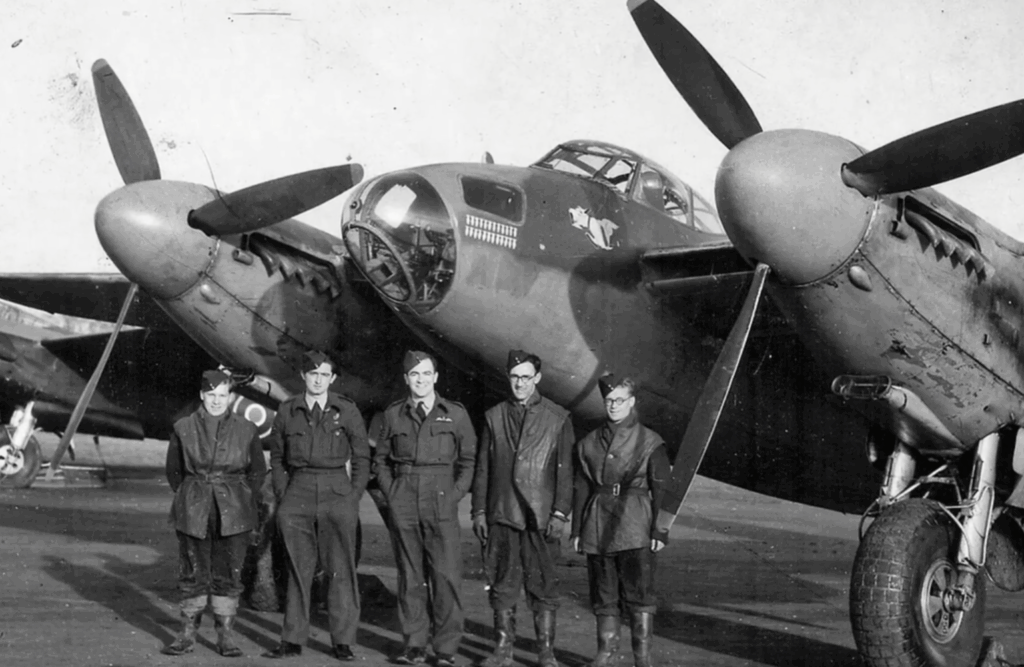
The Impossible Glide
Hours passed. Hughes monitored their instruments as the altimeter dropped slowly—far more slowly than physics should have allowed. The Mosquito seemed to float, carried by unseen hands. Three hours later, impossibly, the English coast appeared through the haze. They approached their home base and touched down in silence. Mechanics rushed out, stunned to see an aircraft rolling to a stop with both engines dead cold. When the tanks were inspected, they were bone dry. Not a single drop of fuel remained.
Engineers from the RAF and de Havilland soon arrived to investigate. They found no hidden reserves, no vapor, no leaks—only empty tanks. To test the story, the Air Ministry reenacted the flight with an identical Mosquito under the same conditions. That aircraft managed to glide less than 100 miles before crashing. Ross’s flight had covered six times that distance. There was simply no scientific explanation.
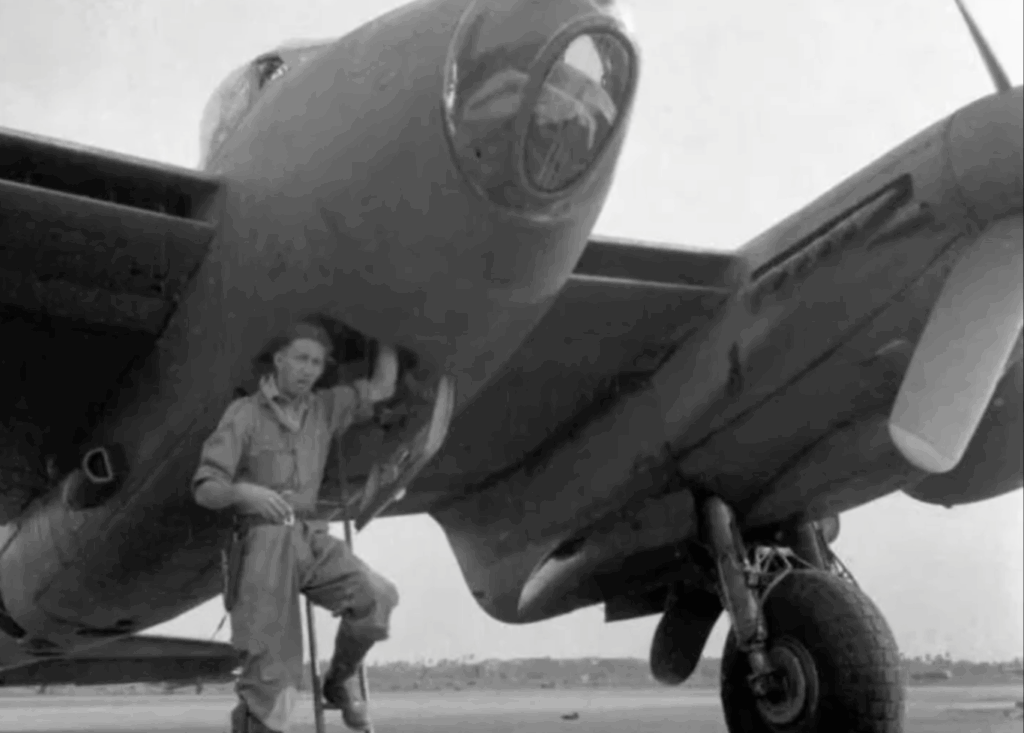
Theories and Memory
Some engineers proposed that the plane had entered a mountain wave, a rare natural phenomenon where powerful air currents can lift gliders for long distances. But the route crossed no major mountains. Others suggested warm engines might have continued windmilling, creating minimal thrust. Yet even that could not explain 600 miles.
Ross never exaggerated the event. When asked about it years later, he said simply, “I was just trying to get home.” His navigator, Peter Hughes, described the eerie calm of the glide—how the plane felt “alive,” as if it refused to die.
Decades later, aviation historians revisited the case. Despite all advancements in aerodynamics, no one has fully explained how that Mosquito crossed half a continent without power. Whatever the cause—luck, nature, or something beyond understanding—it remains one of the most mysterious flights ever recorded.













